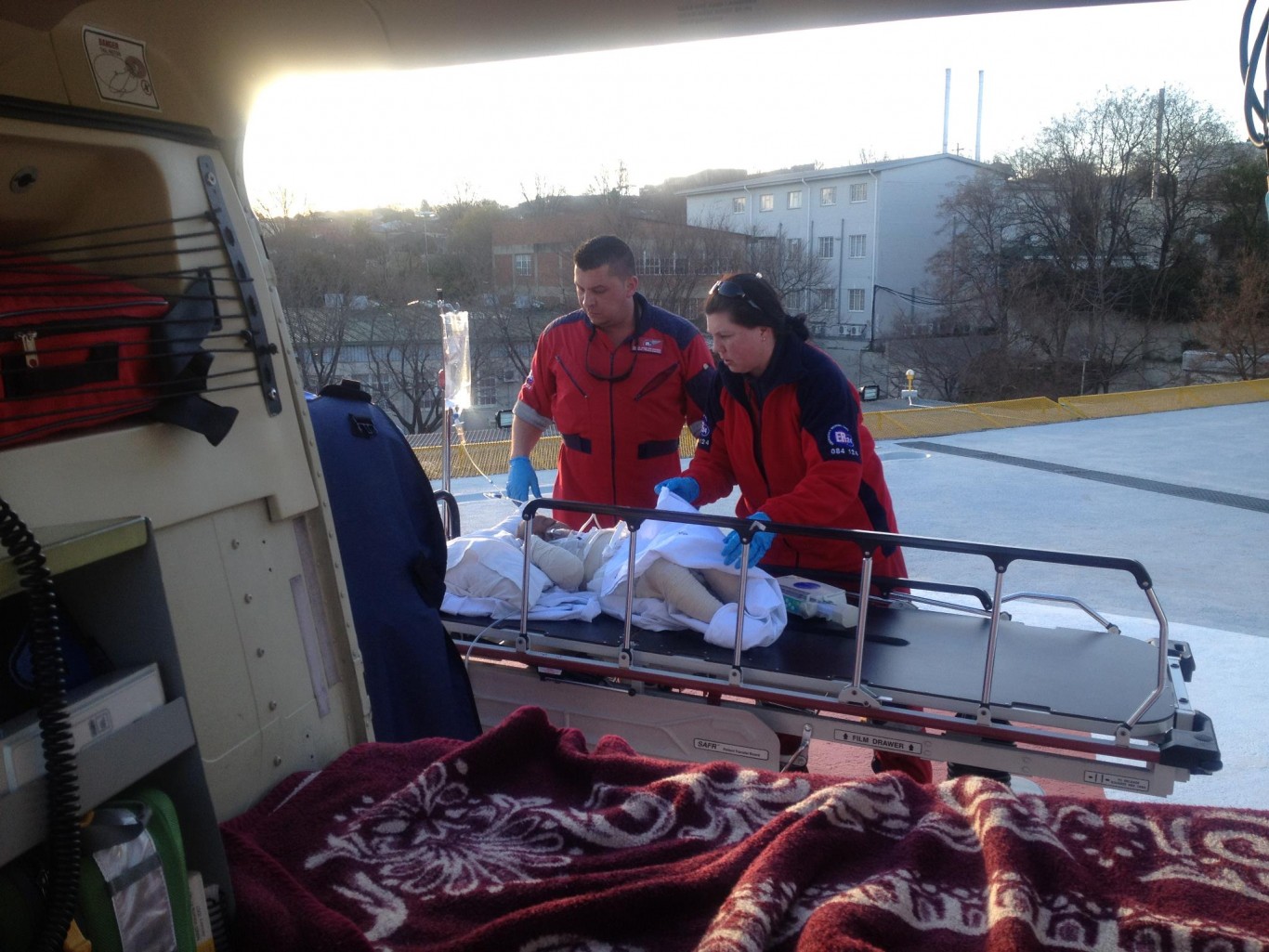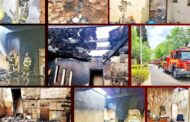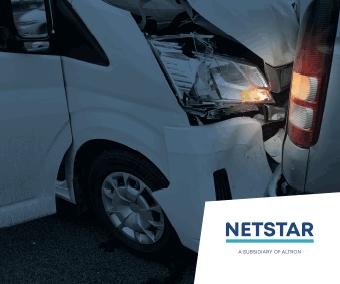With this month being Burns Month and winter fast approaching, ER24 is urging people to be cautious.
Every year a number of people sustain anything from superficial to full thickness burns. Several of those who sustain burn injuries are children.
During her address at the launch of the Stop the Burn Campaign for Winter, hosted by Umsinsi Health Care, Dr Nikki Allorto, a specialist surgeon, said burns account for 12 percent of all fatal accidents and are the most common cause of death in children less than four years old.
Dr Allorto is the head of the Edendale Hospital Burn Service, in Pietermaritzburg, the president of the South African Burn Society and founder of the Burn Care Trust.
“Available statistics we have from national data shows that 3.2 percent of the population is burnt annually. That is 1.6 million burn injuries every year. 0.2 percent is severe which in real terms means that 268 people are severely burnt every month across the country. Mortality from burns in South Africa is 8.5 in 100 000. The world average is 5 in 100 000. Burns is a big problem in South Africa,” she said.
Amanda Wilde, the managing director of Umsinsi Health Care, a medical device company, said the Stop The Burn Campaign aims to raise awareness of the devastating effects of burns in South Africa.
The campaign aims to reduce burn injuries and their associated complications by encouraging caregivers, parents and the community to be more vigilant in the home to prevent fires and scalds and to know first aid.
“Our campaign also aims to reduce burn injuries and their associated complications by encouraging South Africans to be aware of how seriously burn wounds should be taken, so that they can request the best care for themselves and their family,” said Wilde.
Precautions
While people sustain burn injuries in a number of different ways throughout the year, the public is more at risk in winter due to fires that are started as well as gas heaters and other appliances used to keep warm.
Hentie Malan, ER24 Joburg West Branch Manager, urged adults to take precautions, be alert and to educate children.
“I have been to numerous fires where lives were lost. There is one that will never leave my mind. I was a young firefighter when I attended to an incident in which three boys were burnt. They were in a Wendy house. The house caught alight while they were asleep. They did not wake up quick enough and died in the blaze,” said Malan.
Injuries
Speaking about burn injuries among children in general, Malan said the severity is usually second to third degree burns depending on what the child was burnt with.
“Hot water is the most common cause of burns among children. Fire is the second most common cause. Parents should keep kettles, matches and lighters for example out of reach of children.
Children are inquisitive. They will play with anything to see what it does. Teach children about what must and must not be done,” said Malan.
Common causes of fires at home include heaters that are left unattended and overloaded plug points. “Before using a heater, make sure it is safe to use. Heaters should never be left on during the night or left unattended. They should also not be placed too close to curtains and couches. Also ensure plugs are not overloaded,” said Malan.
Candles are also a common cause of fires. Malan suggested people using candles place them in a container with water. “Should it be left on during the night, the candle will extinguish itself when it reaches the water. If the candle tips over, the water in the container will extinguish the open flame,” he said.
Malan said it is important to install smoke detectors and keep a fire extinguisher at home. Ensure all members of the household are trained on how to use the fire extinguisher.
Informal Settlements
Fires at informal settlements increase over the colder months and a number of lives are lost.
Gas heaters and open flames in small rooms are the common causes of fires in informal settlements.
Malan urged people staying in informal settlements to take extra care when trying to start fires to cook food or for warmth.
He said the devastation caused as a result of fires in an informal settlement is immense. Fires spread rapidly due to the houses located close to each other. These houses are also built with flammable materials.
Dr Robyn Holgate, from ER24, said people with extensive burn wounds need to be transported to hospital as soon as possible. “Do not delay this. Serious burn wounds should be treated by professionals. For minor burns, run cool tap water over the burn for at least 10 to 20 minutes. If arms and legs are affected try to elevate the person to decrease the swelling,” she said.
What not to do:
Do not pop or remove blisters.
Do not put ice on the burn/s.
Do not use home remedies like coffee, butter, toothpaste, mustard, soy sauce and milk. The patient stands a greater chance of infection and further wound damage if these substances are used.
What to do:
Rinse the burn wound under clean cool running water.
Seek medical attention or advice. Call the ER24 Emergency Contact Centre on 084 124 for assistance with medical advice if unsure.
ER24’s Emergency Contact Centre can be reached 24 hours a day on 084 124 for any medical emergency.
Issued by:
Chitra Bodasing
Also view:
Safety, Prevention and Treatment from Burns
Safety from Fire at our Homes
Safety and Escape from Vehicle Fire
Safety with Electricity and Preventing Fire
Safe Driving near Veld and Forest Fires
Focus on the Prevention and Treatment of Burns during Burn Awareness Month in May


























